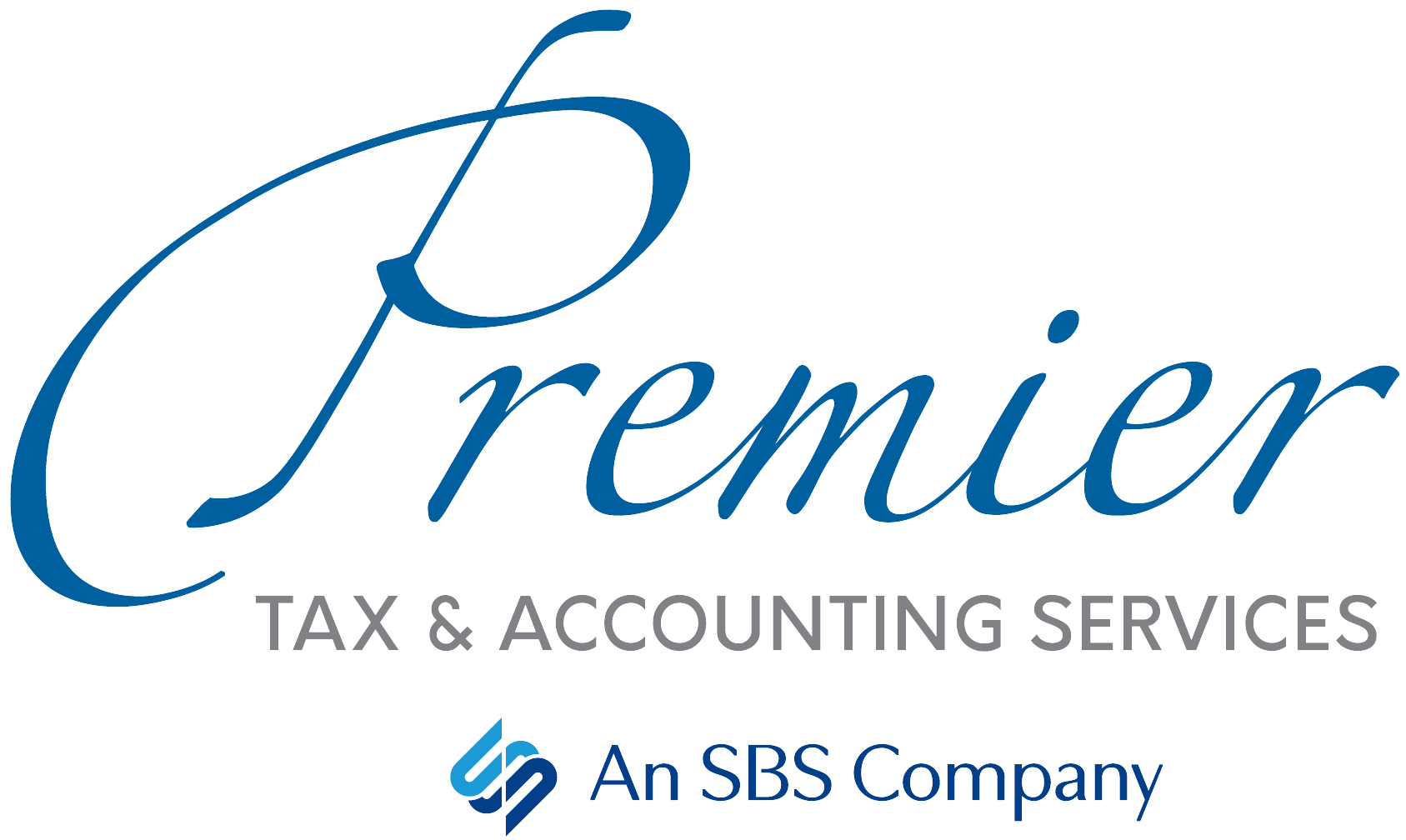The IRS has announced three new tax credits available to employers affected by the COVID-19 crisis. You may qualify for one or more of them:
Employee Retention Credit
This refundable tax credit is designed to keep employees on your payroll. It provides a credit of 50% of up to $10,000 in wages paid. The credit is available to most businesses, including tax-exempt organizations, but not state and local governments and their instrumentalities, or small businesses that have taken small business loans.
To qualify, you must fall into one of two categories:
- Your business is fully or partially suspended by government order due to COVID-19 during the calendar quarter.
- Your gross receipts are below 50% of the comparable quarter in 2019. Once your gross receipts go above 80% of a comparable quarter in 2019, they no longer qualify after the end of that quarter.
Paid Sick Leave Credit
This tax credit allows your business to get credit for any employee who is unable to work (including telework) due to Coronavirus quarantine or self-quarantine, or has Coronavirus symptoms and is seeking a medical diagnosis. Those employees are entitled to paid sick leave for up to 10 days (up to 80 hours) at your employee’s regular rate of pay — up to $511 per day and $5,110 in total.
Family Leave Credit
Like the Paid Sick Leave Credit, here you can receive a credit for employees who are unable to work due to caring for someone with Coronavirus or caring for a child because the child’s school or place of care is closed, or the paid childcare provider is unavailable. Those employees are entitled to paid sick leave for up to two weeks (up to 80 hours) at two-thirds (2/3) the employee’s regular rate of pay — up to $200 per day and $2,000 in total. Up to 10 weeks of qualifying leave can be counted towards the Family Leave Credit.
How to Receive the Credit
If you qualify, you are entitled to immediately receive a credit in the full amount of the required sick leave and family leave, plus related health plan expenses and your share of Medicare tax on the leave, for the period of April 1, 2020, through December 31, 2020.
You can be reimbursed for the credit by reducing your required deposits of payroll taxes that have been withheld from your employees’ wages by the amount of the credit. You must report your total qualified wages and the related health insurance costs for each quarter on your quarterly employment tax returns, or Form 941, beginning with the second quarter. If your employment tax deposits are not sufficient to cover the credit, you may receive an advance payment from the IRS by submitting Form 7200 (Advance Payment of Employer Credits Due to COVID-19).
Here for You
Please contact us if you have any questions about these new credits. The IRS has also posted Employee Retention Credit FAQs and Paid Family Leave and Sick Leave FAQs on its website to help answer your questions.
MONEY BRIEF #1
MONEY BRIEF #2
The IRS has a new web page, Filing and Payment Deadlines Questions and Answers, to answer tax and financial relief questions most asked by self-employed taxpayers, business owners and their employees. It will be updated often to reflect latest information.
MONEY BRIEF #3
You can now request FREE credit reports — every week — if you’re feeling anxious about your financial health. To get your free reports, go to AnnualCreditReport.com. The three credit reporting agencies are making these reports free for the next year.



